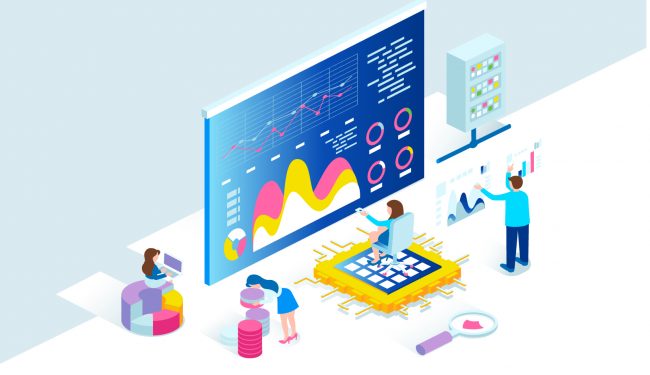Challenge
The integrity system of a country is essential to the consolidation of an authentic democracy.
Alignment with international standards of integrity began in Moldova in 2006 and it was the result of external pressure from several development partners, including the Council of Europe, GRECO and the European Union.
One of the objectives of integrity reform was to set up a measurement tool that anti-corruption authorities (especially NIA) would use to analyze the impact and causes of corruption and to facilitate national efforts to fight it.
Strategy and solution
In order to effectively exercise administrative control of wealth and assets gained when holding a public office, conflicts of interest and incompatibilities, NIA concentrated its efforts on two major fields:
- Effective control of suspicions and corruption cases through efficient management of investigation processes;
- Preventing them through an effective exchange of information with other data holders and ongoing monitoring by civil society;
Technical implementation took place with the support of WorldBank and the eGovernment Agency. The objectives of the project have been shaped around the following issues:
- Digitizing the submission processes. Moving this process into the online environment and total outsourcing to the reporting subjects made it possible for NIA to quickly analyze data and react in a timely manner.
- Back office transformation. The entire investigation process was automated from initiation to issuing a decision, and investigative inspectors could concentrate their efforts on carrying out their basic tasks.
- Interoperability of data ensured reliable data and acting accordingly; and created an additional open data control mechanism for the civil society.
The system was anchored in the government’s digital ecosystem, which facilitated its successful implementation. Thus, to ensure high availability, the system components were installed and they run on the cloud computing platform of the government (MCloud). The exchange of information with other data stakeholders is centralized through an ESB middleware platform (MConnect). Full digitization of declarations’ submission flows, but also the authenticity of data has been ensured through the use of digital signature platform services (MSign).
Transformation
An essential objective which was carried out within this project was the delivery of tools designed to contribute to the transparency of public officials’ assets through effective control mechanisms and the involvement of civil society through free access to data of public interest. It also created the necessary prerequisites for preventing this phenomenon, thanks to the efficiency of NIA’s activity and investing efforts in education and advocacy
TESTIMONIALS
eIntegrity is an example of a project implemented and launched successfully by a flexible team with great enthusiasm and dedication. Nevertheless, the project has brought about a major change in transparency overall and in particular in public disclosure of asset and personal interest declarations of public officials. It was a pleasure to work with such a professional and hardworking team and I am grateful to everyone who has been instrumental in this project.




